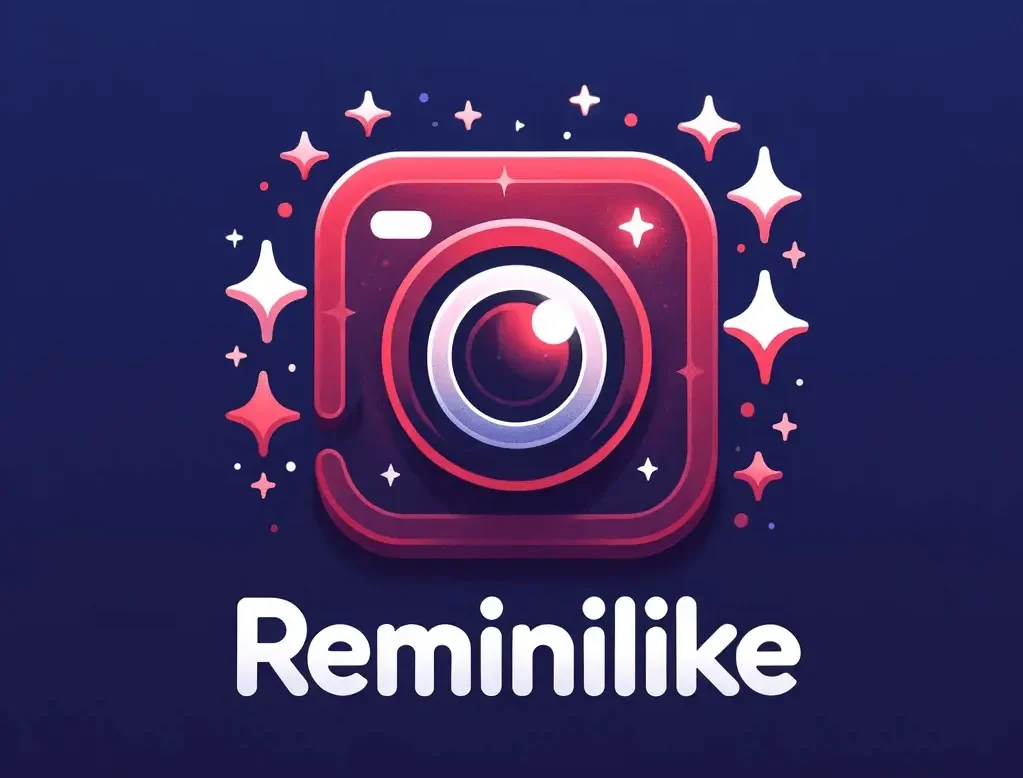Top 14 Styles of Photo Editing You Must Try Yourself
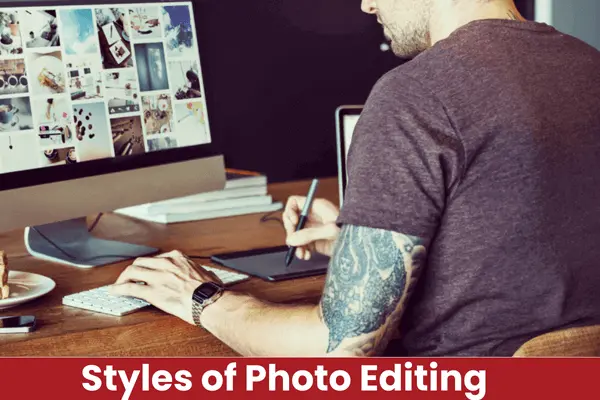
Are you looking for the best photo editing style according to your aspirations and profession? Congratulations! You’re at the precise place, as I will share different styles of photo editing according to the aspirations of professional photographers, business owners, bloggers, journalists, etc.
It’d be the best idea to plump for a style according to our yearnings and exigencies. Photo editing has become mandatory because making new things familiar and familiar things new are the two engaging powers of a photographs.
Vintage and Retro Editing
Sometimes, we want to show a nostalgic look and to fetch a sense of history in our modern photos, we use vintage and retro editing techniques. In this technique, we create imperfection in the image by reducing resolution, adding faded colors, etc. This style boosts our creativity and adds a unique twist to our images.
It’s unfeasible to explore accessories of 35mm SLR ( single-lens reflex camera), so digital editing in our modern cameras enables us to have a backsliding feeling without sacrificing its versatility. This approach is primarily used in movies and dramas to manifest memories of any character and to create a twist in the story.
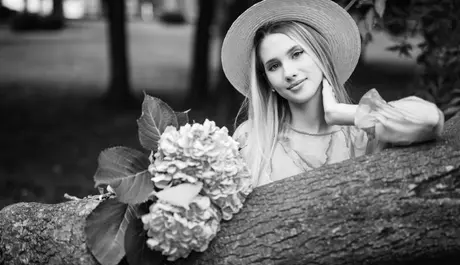
Contrast Editing
When there is a massive variance in bright and dark sections and the color combination of an image, it’s known as a contrast image. For ease of making an image visually appealing and intelligible, the adjustment in exposure and color saturation becomes mandatory.
A camera with a high dynamic range can capture a highly contrasted photo. Increasing contrast in photos becomes inescapable to stand out the color of an image according to the subject. Contrast editing is also requisite to snap alluring scenes like sunset or sunrise and to create realistic shadow and depth in an image.
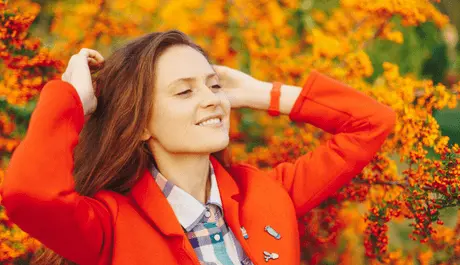
Natural Editing Style
This style returns an image to its natural state with a few actual editing adjustments like color temperature, clarity, and sharpness. This is the most popular style, as it eliminates the artificial distortions that cause the camera to change the subject’s image.
This style chiefly relies on original photos, because while snapping a shoot, we boost the color saturation and vibrance to proffer the same contrast, noticed without the eye of the camera. Eventually, we attain an image with its original, stunning, and natural beauty.
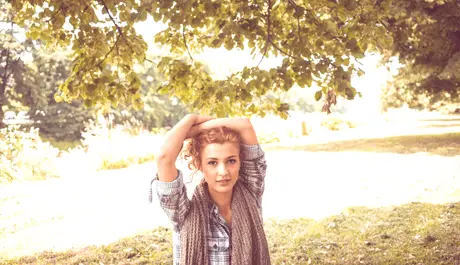
Collage Editing
This style allows us to create a visual story by collaborating enormous photos with variant shapes and frames. We can generate a summary of any event by this technique, as we know, action speaks louder than voice. Collages assist us in narrating a story in visual form to grab the audience’s attention.
Moreover, we can generate a short video by combining images to post on multiple social apps like Facebook, LinkedIn, YouTube, etc. Furthermore, we can create a stunning visual story of our life by collecting photos from different ups and downs of life to trip down the memory lane.
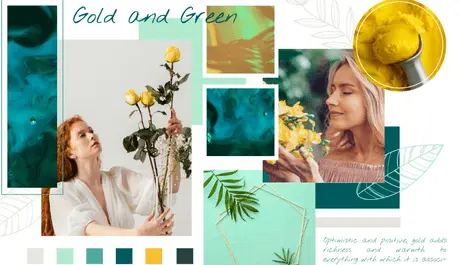
HDR Style
HDR( High Dynamic Range) is a pre-built filter in AI Camera, which automatically tones the exposure range while snapping a shoot. In this editing style, we need to turn on the HDR mood to encapsulate more detail, visible to the human eye.
HDR filter authorizes the camera to capture three photos at different levels, like average exposure, underexposure, and overexposure. Finally, it merges three images using software to give us visual elucidation of any scene. In highly contrasting photos, HDR fixes noise by levelling the exposures of shadows and highlights.
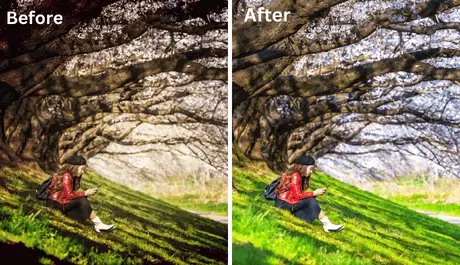
Black and White Style
Black and white is an eye-catching, three-dimensional contrast that lets you create a tone in exposure and gives grayscale features. This is a classic editing technique, enables us to create twists in our photos. It also allows us to govern which photo will look best in black and white instead of, in the entire spectrum of colors.
White and black editing entitles us to use high, middle, and dim contrasts to create shadows and brightening at multiple levels. This style gives us more detail of an image transparently and offers an intense and dramatic feel to the image.
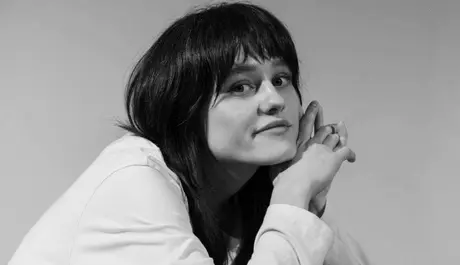
Orton Effect
The Orton effect, developed by Canadian photographer Michael Orton, offers a mystical and ethereal look, and is ideal for landscape and woodland photography. With this technique, we need to snap both over-exposure and under-exposure shoots of a single scene.
Afterwards, two frames are sandwiched together to acquire a mixture of hard and soft detail within the same image. This effect can also be achieved digitally in post-processing software like Photoshop by duplicating the layer of an image and by offering different exposures to those layers.
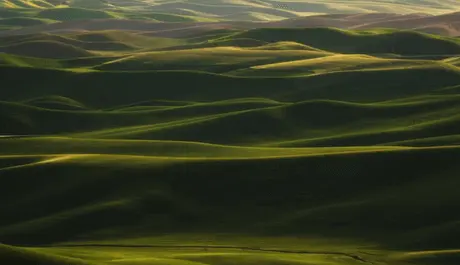
Creating Faded/Matte Effect
Like vintage and retro editing, the matte effect confers an image with an underrated and muted look. In this style, we slightly adjust transparency or desaturate an image to proffer a flat and non-glossy look. It’s a subtle style, as we need to apply variant settings to get the desired results without altering the overall look of an image.
It makes a composition more dynamic by poising the overall appearance of an image and also helps to draw attention to specific elements within an image. Through this style, we can grab viewers’ attention by giving an image a cohesive, professional, polished, and film-like appearance.
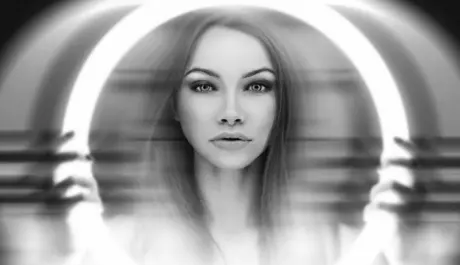
Cinematic Style
With this style, we can make our image more immersive and impactful by giving it a dramatic and moody look. We give an image, a movie-like scene by post-processing through cinematic filters like film grain, vignette, color grading, noise reduction, color grading, lens flare, etc.
It bestows an image with a more intense and emotional look, gives a sense of depth and generates an alluring atmosphere in an image. Cinematic filters emulate the look of different film stocks by adjusting the contrast and saturation in an image.
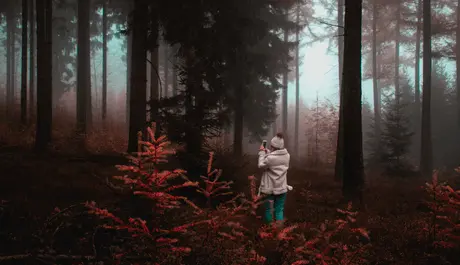
Cross Processing Style
Before the 1972s two different color films, slide film( used E6 chemicals for direct viewing of a scene) and negative file( used C14 chemicals for printing scenes onto the light-sensitive paper) were used. Later on, in the 1972s, Kodak deliberately used the wrong(reverse) chemicals for processing film images, resulting in highly stylized images with drastically different colors and contrasts, which’s named as cross processing.
Later, cross-processing proved to be a drastic addition to photo editing, as very unexpected, beautiful, unnatural color shifts, and high contrasts were introduced through it. Traditional cross-processing was a massive hit-and-miss affair, but nothing else is tricky in this modern age. This feature can now be stimulated digitally using AI photo editing software like Photoshop. In recent versions of Photoshop, there’s a preset menu for cross-processing. Moreover, we can recreate this feature by adjusting new curve layers on the RGB channel.
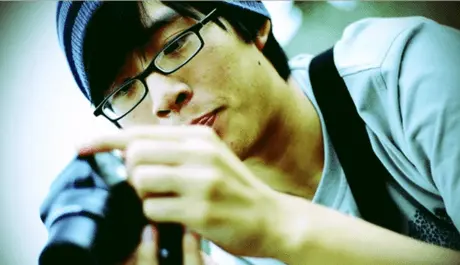
Clean Photo Editing Style
The motive of clean photo editing is to represent the focused subject in a photograph precisely. In clean photo editing, we adjust the color, exposure, and composition of an image for ease of professional and polished image without altering the natural look.
In this style of photo editing, we use sharp tools to show crisp and precise detail of an image without introducing any distractions. Moreover, it’s also used in film and video production to align all scenes’ shots smoothly. Clean editing ensures a cohesive and streamlined final product by removing all unnecessary footage.
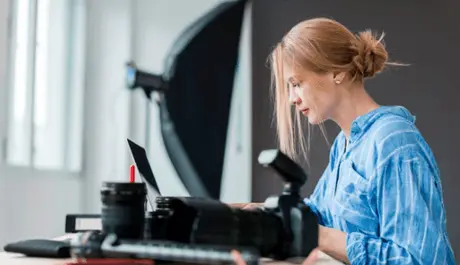
Pop Art
Creating a comic book by adding vibrant colors and exaggerated features to an image is known as pop art. In the 1950s Pop Art Movement introduced it by using bold and bright colors to represent popular culture subjects like celebrities in an amusing demeanor.
We use pop art as a photo editing style because it can make an image more eye-catching and attention-grabbing by using color, halftone, and outline filters. In addition, to add a playful and energetic feel to the image, pop art is also famous for creating fun and vibrant images.
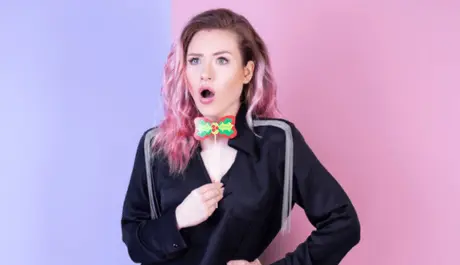
Dreamy Style
In this style, we use the color gradient to give an image a soft and hazy look. Primarily, this style is used in landscape photography to create an ethereal atmosphere by adjusting colors and contrast, adding subtle gradients, and blurring certain areas in an image.
Moreover, by dreamy style, we can offer our image a soft, romantic and moody look. By this technique, we can grab viewers’ attention by creating an emotional impact in our images like nostalgia, serenity, or whimsy.
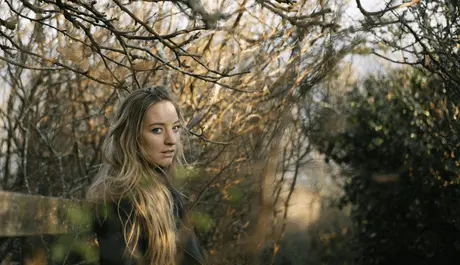
Usage of Damaged Film
In this editing style, we make our image gritty, scratched, and of inferior quality without creating any distraction from the focused subject. An expired or damaged film is used in this editing style to create distortion in a stock photo, but the subject remains intact, so we can grab viewers’ attention towards the main subject by this technique.
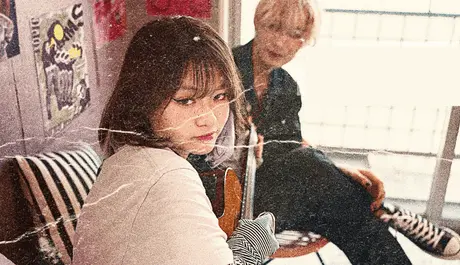
Also Read:
Conclusions
All these photo editing styles boost our creativity in photography and make our photographs more inspiring to grab viewers’ attention. Moreover, professional photographers can adopt all these techniques to build the trust of their clients. By applying these styles, we can give a unique look to our inferior-quality photos whose editing have become compulsory.
